Piriformis syndrome, oh, my painful buttocks! When the piriformis muscle deep in the buttocks compresses the sciatic nerve, this condition occurs. Piriformis syndrome presents signs similar to other types of sciatic nerve pain, but don’t worry, the following 5 tests can help you quickly assess the situation.
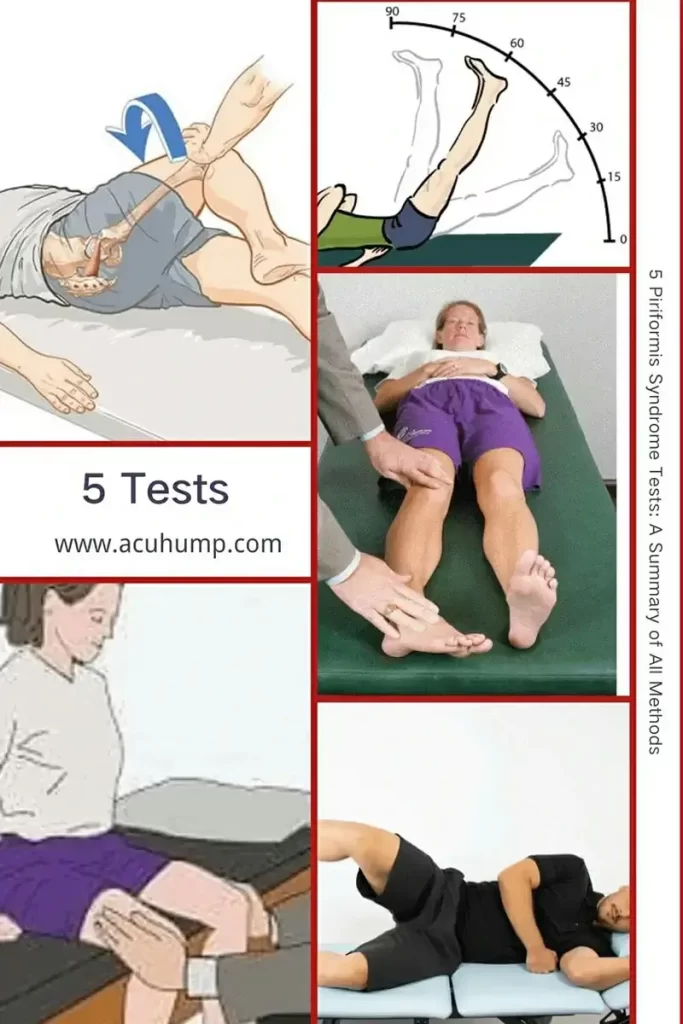
Early detection and testing are crucial in the battle against piriformis syndrome. So, let’s dive into the nitty-gritty details of piriformis syndrome and learn how to put it to the test.
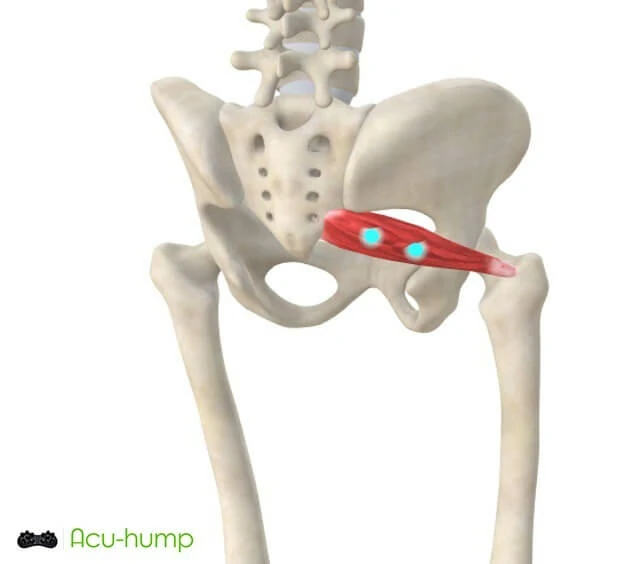
What is piriformis syndrome?
Let’s get to the bottom of it, shall we? Piriformis syndrome, also known as deep gluteal syndrome, refers to the compression or irritation of the sciatic nerve by the piriformis muscle. It can be caused by various factors, such as muscle tightening, injury, or anatomical abnormalities.
Imagine trying to go about your day with a constant pain in the derriere! Piriformis syndrome can be a real party pooper, making even the simplest tasks a painful ordeal. Walking, sitting for an extended period, or even lying down can feel like a chore. The symptoms may vary from person to person but can seriously impact your daily life.
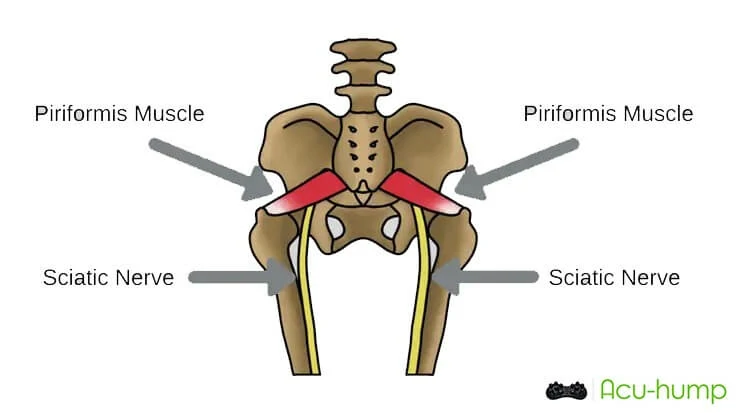
5 Tests: diagnose for piriformis syndrome
Now, let’s roll up our sleeves and tackle the self-testing challenge. There are a few tests you can perform at home to determine if your buttocks are under the piriformis syndrome’s spell. Sounds like fun, right? Well, let’s break down these tests and see if we can solve this puzzle together.
The Straight Leg Raise Self Test
Lay on your back, keep one leg straight, and raise it as high as you can. If you feel pain or tightness in the buttock area, you might be dealing with a piriformis syndrome impostor.
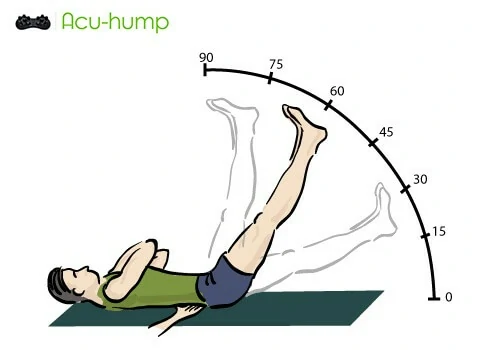
Beatty’s Self Test
Lie on your unaffected side, bend the knee of your affected leg, and lift it towards the ceiling. If this causes discomfort in the buttocks, it’s time to suspect the gluteal region is up to no good.
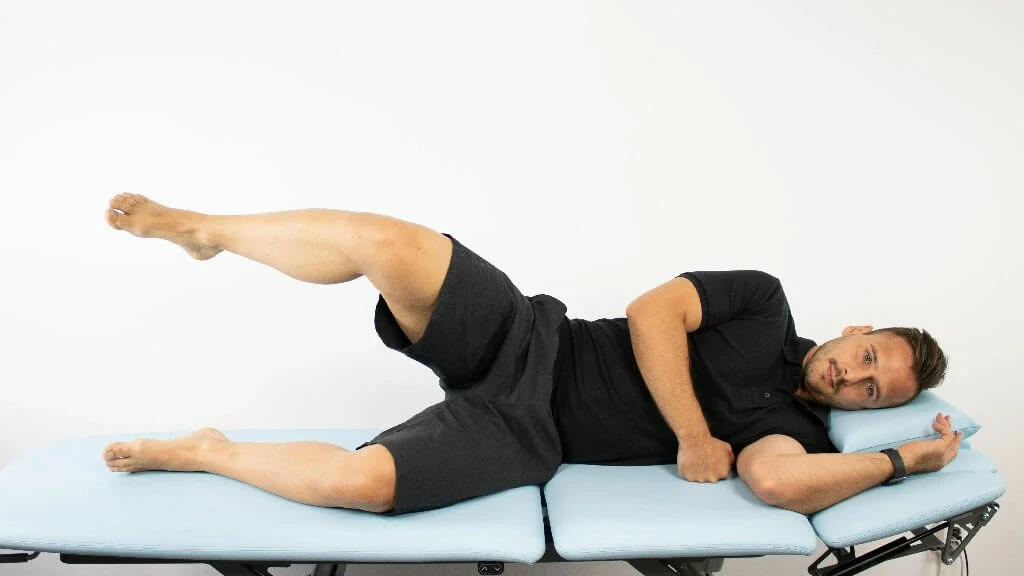
Pace’s Test
In this exercise, you can either sit or lie down, just like the position depicted in the image below, with your knees positioned outward and applying pressure. Additionally, you will need someone to assist you by placing their hands on the sides of your knees and applying opposite force. Alternatively, you can use a resistance band instead of a helper.
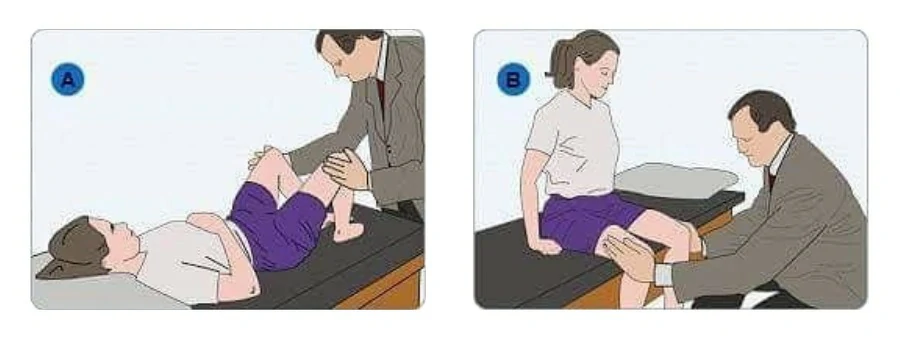
Freiberg Test
Freiberg Test: This test requires the assistance of another person. It aims to induce pain by passively internally rotating the extended hip while the patient is lying on their back. The purpose of this test is twofold. Firstly, it stretches the irritated piriformis muscle, and secondly, it provokes compression of the sciatic nerve.
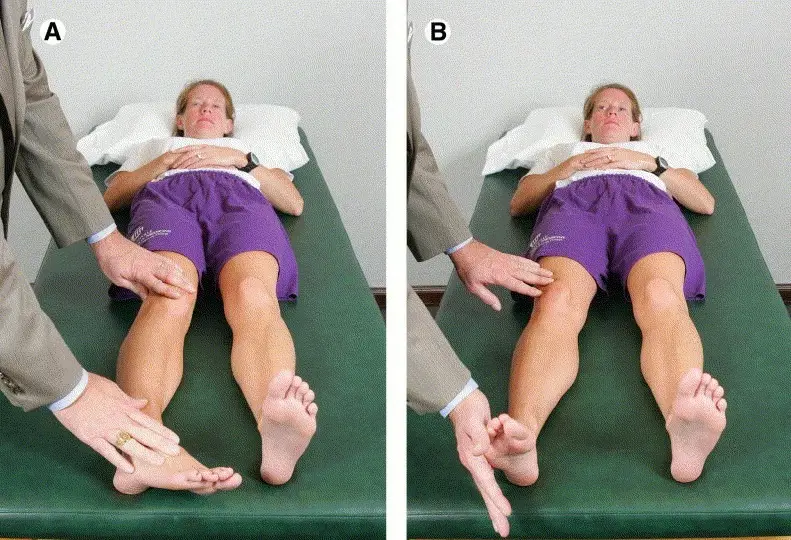
FAIR Test: check piriformis flexibility
This test requires assistance from another person. You will lie on your side with the tested hip on top. The doctor or examiner will move your lower limb into flexion (90 degrees), adduction, and internal rotation. The examiner will stabilize the hip and apply downward pressure to the knee, causing hip internal rotation and adduction, which stretches the gluteal muscles and compresses the sciatic nerve.
When pain is felt in the sciatic/hip area, the test is considered positive. Due to the positioning of the test, anterior thigh pain and the result of femoroacetabular impingement may also occur.
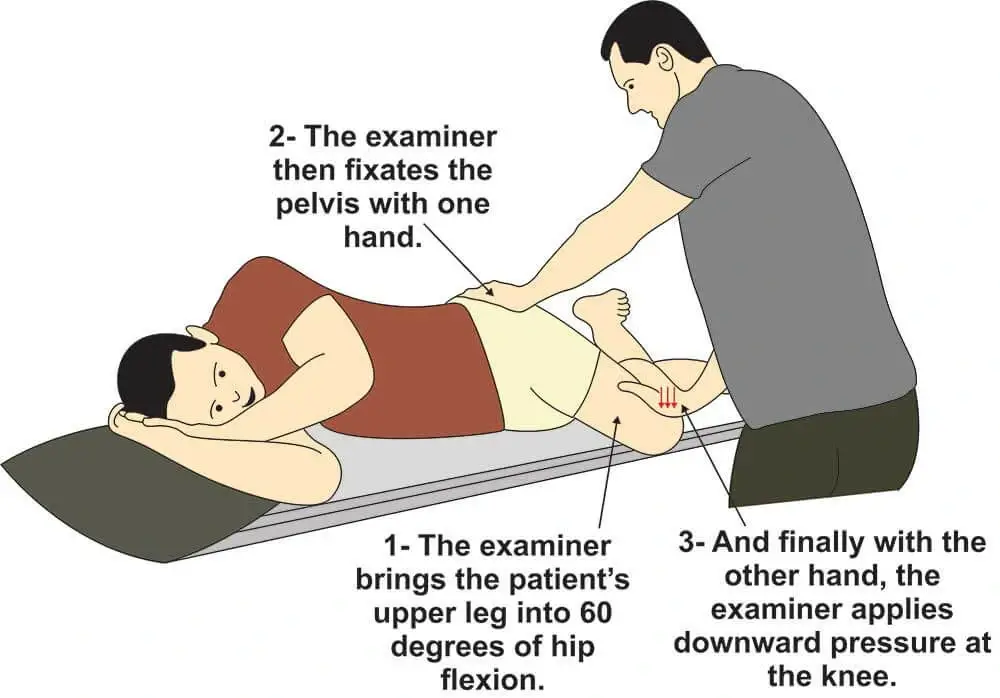
Recognizing the test results
Now that you’ve put yourself through the piriformis detective wringer, it’s time to interpret those results. Understanding the implications of positive and negative results is crucial in solving this mysterious case.
If any of the self-tests trigger pain, tightness, or discomfort in the buttock area, it suggests that the piriformis may be the culprit behind your woes. However, it’s important to keep in mind that self-tests are not a definitive diagnosis. To confirm your suspicions, it’s always recommended to consult a healthcare professional. They have the expertise to interpret the results accurately and guide you towards appropriate treatment.
Seeking medical attention
Don’t be a lone ranger in this investigation – seek out the experts! It’s essential to consult a healthcare professional for a proper diagnosis and to discuss the results of your self-tests. They have the knowledge and tools to lead you towards a solution.
Share your self-test results with the healthcare provider, providing them with valuable information for a more accurate diagnosis. Together, you can devise a plan to defeat the piriformis syndrome and put an end to its mischievous reign.
Treatment options and therapy for piriformis syndrome
Now comes the fun part – the arsenal of treatment options at your disposal for battling the piriformis beast. In most cases, conservative treatment methods are effective in tackling this pesky condition.
Physical therapy and stretching exercises
A dedicated physical therapist can guide you through specific stretches and exercises that target the piriformis muscle, providing relief from pain and improving flexibility.

Medications for pain relief and inflammation reduction:
Nonsteroidal anti-inflammatory drugs (NSAIDs) and muscle relaxants may be prescribed by your healthcare provider to manage pain and reduce inflammation.
Acu-hump massage tool
Self-massage and stretching with tools such as an Acu-hump can help relieve tightness and tension in the piriformis muscles. It’s like giving your buttocks a spa day!


Deep Massage: Symmetrical 14 pressure point nubs are based on the principle that pressure applied to deep tissue can activate the nervous system and release muscle knots.
Stretching Gently: Combined with the hump shape designed for stretching muscles, these help to relieve your muscles, reduce tension and improve circulation.
In more severe cases, invasive treatment options may be considered to bring an end to the piriformis syndrome’s reign of terror.
Injections and nerve blocks
Injecting an anesthetic or corticosteroid directly into the piriformis muscle can provide temporary relief and help break the pain cycle. Nerve blocks, which involve injecting an anesthetic around the sciatic nerve, can also be effective in managing pain.
Surgical intervention
In rare cases where conservative treatments fail to provide relief, surgery may be considered. This option involves releasing or removing the piriformis muscle to alleviate pressure on the sciatic nerve.
Preventive measures
After conquering the piriformis syndrome, let’s ensure it doesn’t come creeping back. Adopting a few preventive measures can go a long way in reducing the risk of its recurrence.
Embrace a lifestyle that keeps the piriformis at bay! Incorporate regular piriformis syndrome workout into your routine, paying particular attention to the muscles in the buttock area. Remember, a strong piriformis is a happy piriformis!
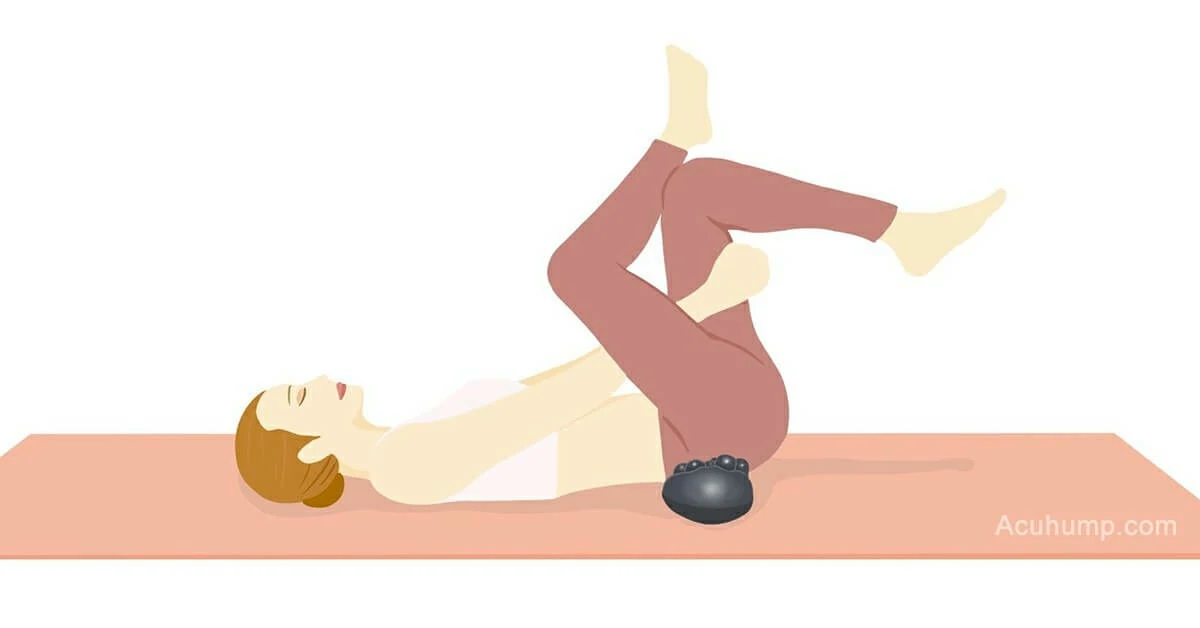
Congratulations on braving the piriformis syndrome testing adventure! Early detection and testing are invaluable tools in conquering this pesky condition. By taking control of your well-being and seeking medical advice based on your self-test results, you can embark on the road to recovery.
Remember, while self-testing is a helpful starting point, it is not a substitute for professional medical guidance. Consult a healthcare professional for a proper diagnosis and to explore treatment options tailored to your specific needs. Together, we can bid farewell to the piriformis syndrome and reclaim a life devoid of pain in the buttocks!

Acu-hump®
Let’s Get Rid of Piriformis Pain
Save It to Your Phone and View It Anytime
Click to download: Lower Back Strain and Piriformis Stretches PDF

